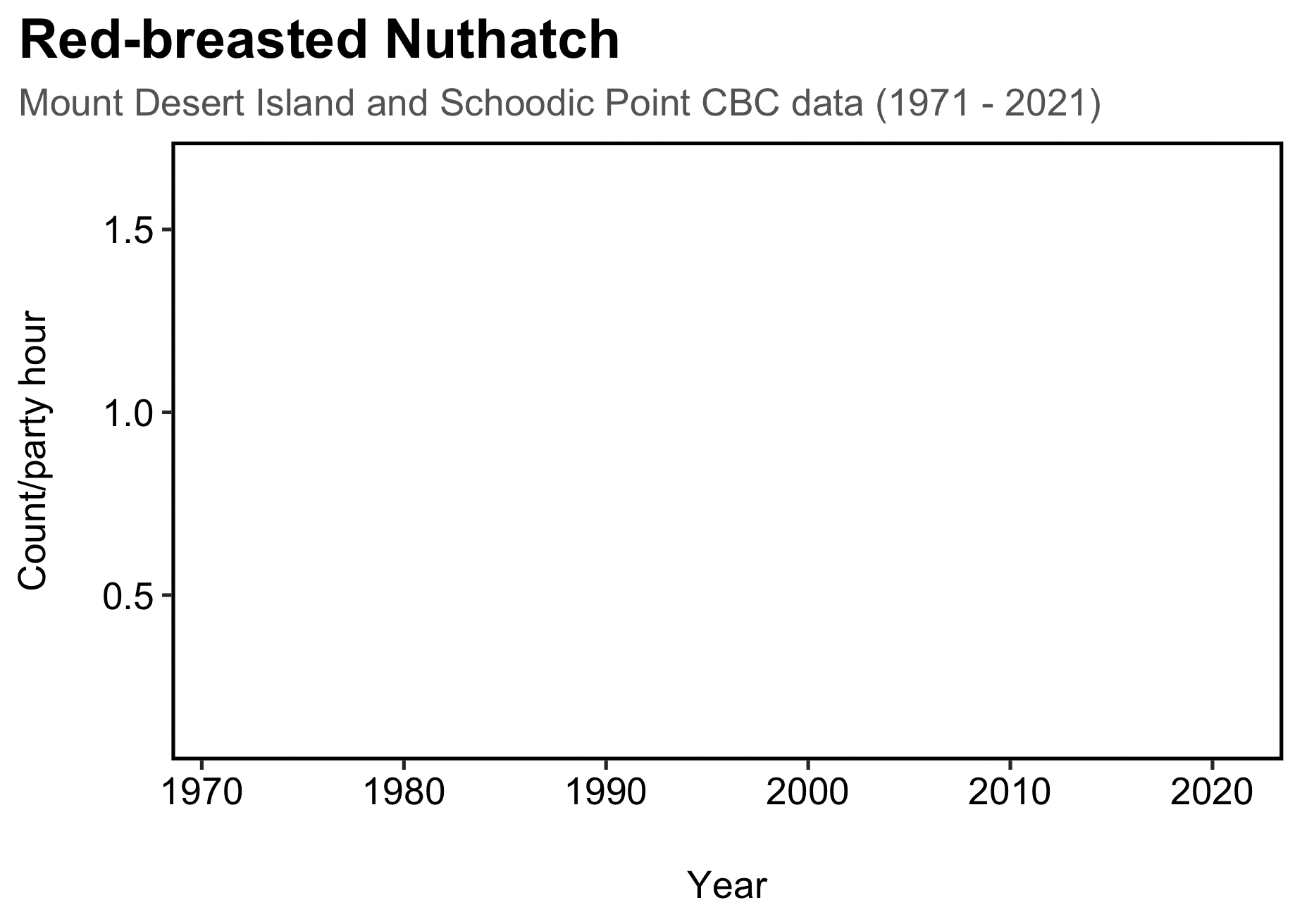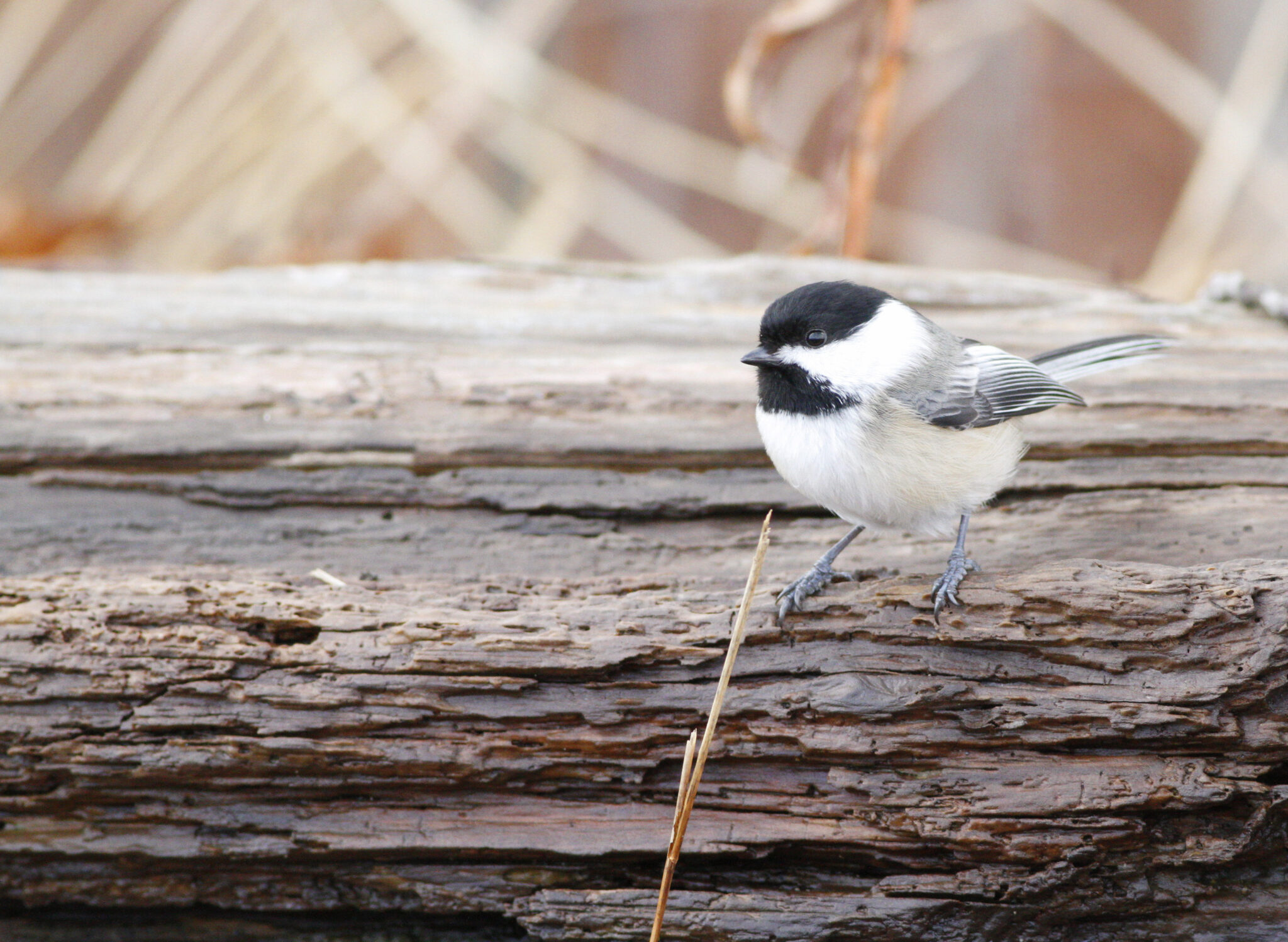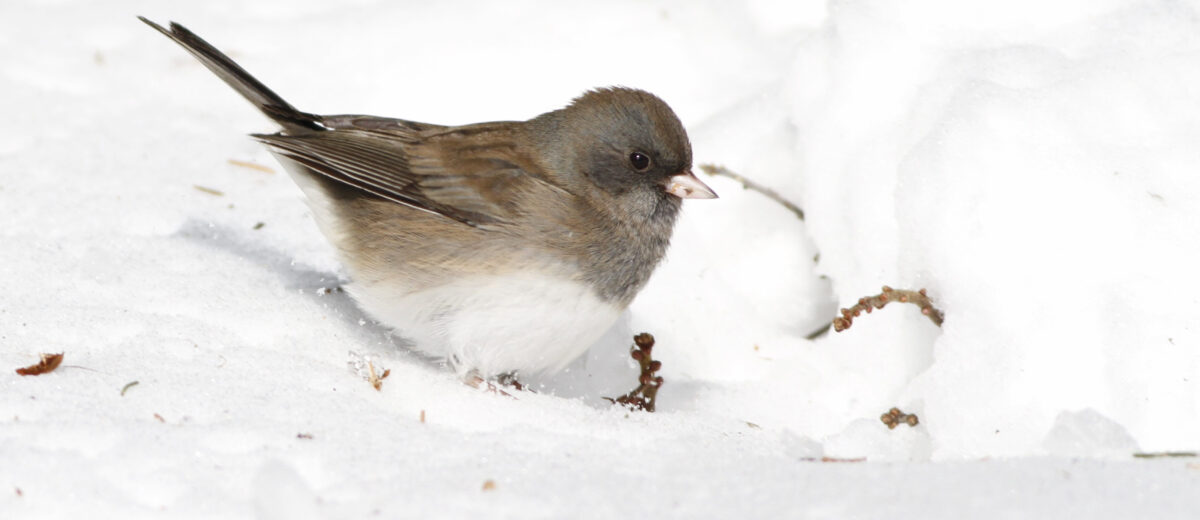by Seth Benz and Kyle Lima
For most ordinary humans, the start of a new year is generally met with an air of optimism. Among extraordinary bird watchers, that optimism is multiplied by a factor of anticipation plus excitement for starting a new “year list” of bird species. In fact, some birders believe the first 10 species observed in the new year is a foreshadowing of the year to come. For the past six decades, our local Schoodic Point Christmas Bird Count (CBC) accentuates this optimism, anticipation, and excitement for the new year by taking place on January 1. Participation in a CBC is an excellent way to explore living relationships in the landscape around us.
This year, 20 participants amassed 37 hours of observational effort. We covered 158 miles by car and 11 miles on foot, and one individual counted birds at her backyard feeder for 4 hours. All told, 57 species were reported and a grand total of 2,874 individual birds were counted, 850 (22%) fewer birds than the long-term average.

Unfortunately this agrees with our recently published analysis that found a 43% reduction in the total number of birds since 1971. That overall decline is driven by sharp reductions in the most abundant species, including common eider, long-tailed duck, and white-winged scoter. This year’s counts of diving ducks that were way below average included common eider, common goldeneye, long-tailed duck, and white-winged scoter. Even the count for herring gulls, typically abundant, was below average this year, prompting one observer to proclaim, “I felt like the ocean was empty this year.”
The CBC time frame provides an early winter snapshot of the presence and abundance of birds. 51 years of snapshots plays like a time lapse documentary to reveal 42 species exhibiting declines, 33 species showing increasing abundance, 51 species with no discernible trend, and 36 species with insufficient data to analyze.
We also track the high and low counts for each species. This year produced the highest count on record for spruce grouse (4), dark-eyed junco (125), and red-breasted nuthatch (84). Red-breasted nuthatch is one of only 15 species that have been seen every year of the count. Can you name the others? (See answer below).*

In our analysis, red-breasted nuthatch showed no trend–it has been present every year with much variability from year to year, a pattern supported by older historical records from Acadia. Factors influencing species presence and abundance each winter revolve around any bird’s ability to find food. This year was a banner year for red-breasted nuthatches, along with chickadees and other woodland bird species.

Every team of observers mentioned how upon first detecting a chickadee there would soon be another and another! Other species mixed in with the chickadees – red-breasted nuthatches in twos, fours, or sixes; often a single brown creeper or downy woodpecker, and two or more golden-crowned kinglets. Ornithologists refer to mixed flocks like this as guilds, meaning groups of species in similar habitats with separate food-searching styles. The chickadee and red-breasted nuthatch are generalists capable of foraging in trees or shrubs for hidden insects and seeds. Brown creepers inch up tree trunks, nuthatches down, and woodpeckers chip through bark, all looking for hidden insect morsels. Dark-eyed juncos eat seeds on the ground below.
Winter is the best season for learning the social behavior of birds, whether from a short story like a single year’s Christmas Bird Count, or experienced over decades where yearly comparisons become trends allowing us to become more sensitive and connected to the presence of birds.
*Schoodic Point CBC Species Observed Every Year
Common Loon
Great Cormorant
American Black Duck
Common Eider
Long-tailed Duck
Common Goldeneye
Bufflehead
Herring Gull
Great Black-backed Gull
Black Guillemot
American Crow
Common Raven
Black-capped Chickadee
European Starling
Red-breasted Nuthatch
